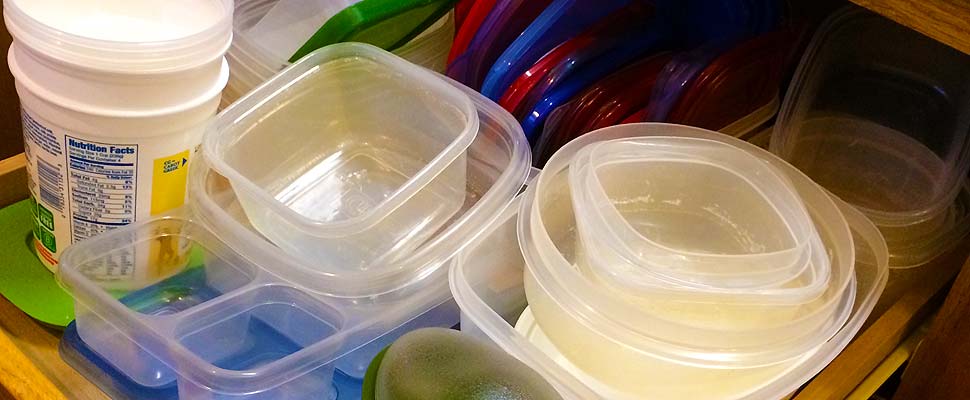From the research lab to the real word, NC State researcher Heather Patisaul shares how and why her research results changed the way she lives and the products she buys.

Do you know what is in your shampoo? What about your toothpaste or deodorant? Ever thought twice about the safety of a plastic water bottle? What about your mattress?
NC State professor Heather Patisaul is discovering through her research that humans are profoundly influenced by the environments in which they live and the chemicals they encounter regularly.
Unlike pharmaceuticals or pesticides, very few of the 85,000+ manmade chemicals on record have been officially tested in a U.S. regulatory capacity.
“There’s a lack of transparency about chemicals,” Patisaul said. “The chemical composition of most products is considered proprietary, so unless a chemist decides to identify them, you just don’t know.”
Patisaul researches how hormones impact brain and behavior, and specifically how endocrine-disrupting chemicals mimic hormones like estrogen and lead to adverse developmental effects in humans and animals.
Among those endocrine disruptors is bisphenol A, or BPA, which more than 90 percent of people living in the United States have circulating in their bodies, according to representative sampling conducted by the Centers for Disease Control and Prevention.
Patisaul estimates the average person living in the United States has traces of 500 chemicals in his or her body at any given time. While researchers agree many are probably not harmful, scientific studies are showing impacts from chemicals such as BPA, phthalates and fire retardants. The human body’s metabolic processes filter out and inactivate some of these chemicals but others are known to accumulate and stay in the body for long periods of time.
“Endocrine-disrupting chemicals are undoubtedly having an impact on human health. The volume of data from studies has been overwhelming,” Patisaul said.
Research has shown that some chemicals cause damage through repeated exposure while other chemicals cause damage if exposure occurs during a vulnerable period such as fetal development.
“You just don’t know,” Patisaul said. “Limit your exposure. None of us can eliminate exposure to all chemicals, but we can limit exposure to some and it is prudent to do so since chronic exposure is thought to cause the most significant health dangers over time.”

Because these potentially hazardous chemicals lurk in household cleaning and personal care products, Patisaul uses the EWG Skin Deep app and database, as well as EWG’s Guide to Health Cleaning, to guide her product purchases. She also limits her use of plastic.
“Get plastic out of your life and your lunch box as much as possible. Anytime you can, choose glass or metal. It’s more environmentally friendly, sustainable and it’s better for your health,” Patisaul said.
That includes avoiding bottled water, reusable plastic water bottles or cups, plastic food containers and even BPA-free plastics. In particular, Patisaul said avoid microwaving food in plastic containers or subjecting plastic food containers to heat (such as the sanitation cycle in dishwashers), which accelerates the degradation of plastic.
“Chemicals come out of plastic products over time, leaching chemicals into what you eat or drink,” she said.
Patisaul is among a consortium of researchers involved in a multi-year, multi-disciplinary project called CLARITY-BPA, which seeks to understand how BPA impacts brain and behavior.
“By the end of the study, we’ll have a better understanding of how early life exposure to BPA can impact gene expression, mood and anxiety, and might subtly alter neuroanatomy,” she said.
The greatest concern to researchers like Patisaul is that the sum total of human exposure to new and old chemicals is greater now than it was in previous decades. For example, BPA is widely used in everything from the lining of food cans and municipal water towers to polycarbonate eyeglass lens and shopping receipts. Greener manufacturing will be necessary to make safer products.
“Someone is going to have the vision to solve these big issues,” she said. “NC State students are really uniquely poised to address these complex challenges. We can combine good technology with environmental stewardship to do great things.”
